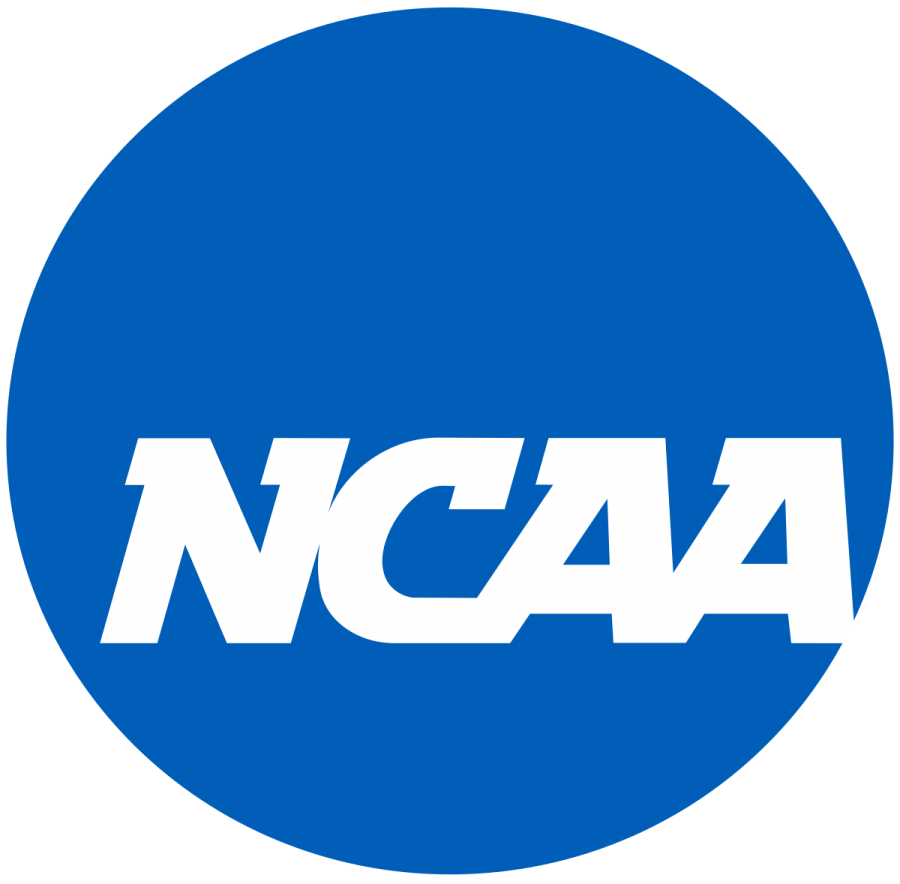NCAA Baseball Recruiting Rules
November 9, 2018
The recruiting process for college sports, especially college baseball, can be long: painfully long. With many rules regarding when and how communications can be carried out, the recruiting process can be quite confusing as well.
One of the sports with the most and the strictest recruiting rules is baseball. Baseball also has new rules for the 2018-2019 school year. These rules are all about visits. There are two different types of visits, unofficial and official. An unofficial visit is not planned by the coach, and this type of contact is no longer allowed to be had between a coach and player under the new rules until Sept 1 of the student athlete’s junior year. An official visit however, is paid for by the coach and/or team, and is allowed by the NCAA. An official visit consists of meeting with the coach and touring the school and athletic facilities. On official visits, college coaches can also watch practices or games. A team has a limited number of official visits allowed by the NCAA.
The NCAA has 3 big periods during the recruiting process: contact, quiet, and dead periods. The contact period is when coaches are allowed face-to-face conversations with students and parents, as well as phone, letters, text, or email conversation. Coaches can also watch prospective athletes compete and visit their high schools during this period. During the quiet period coaches are no longer allowed face-to-face interactions with students or their parents, and are also not allowed to visit high schools or watch prospective athletes compete. The only contact allowed during this period is by phone, letter, text, or email. The dead period is very similar. The only difference is that many coaches aren’t actively recruiting during the dead period. These periods occur during different times every year depending on when the NCAA assigns these periods. There is a recruiting calendar that can be found on the NCAA website. It is also important to note that during all the periods of recruitment the student athlete him or herself has to initiate contact until Sept 1 of their junior year. After that date, college coaches can initiate recruitment.
After the recruiting process is finished, a student athlete makes his or her commitment. First, the verbal commitment. This is where an athlete commits with the spoken word, and there is no restriction on when an athlete can do so. The official commitment is called the National Letter of Intent (NLI). This is a signed document in which the athlete agrees to attend one full academic year at the college he or she is committing to. For college baseball, the period to sign an NLI is Nov 14 to Aug 1. The athlete is able to sign his or her NLI during their senior year of high school, a post graduate year, or if they are a Junior College transfer.
The recruiting process for baseball may be long and confusing, but it can help you get where you want to be in your sport.

